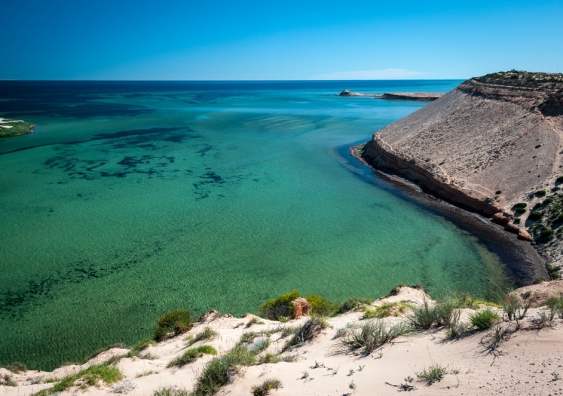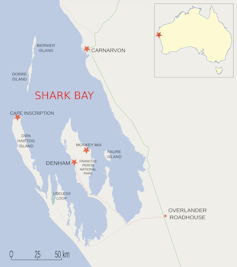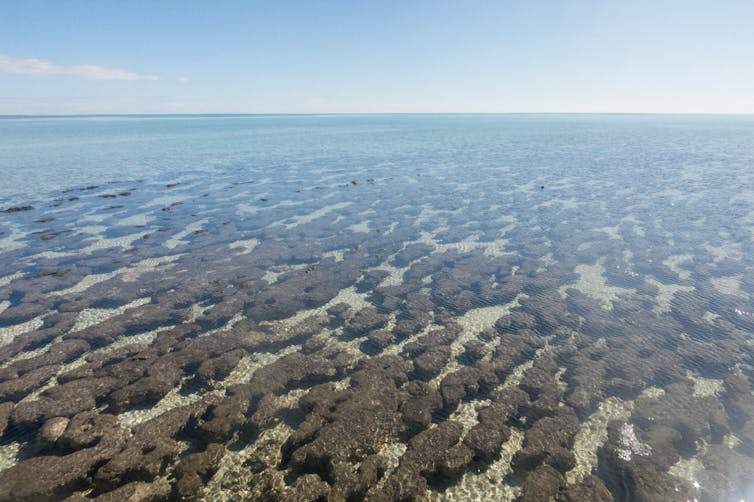Shark Bay: A World Heritage Site at catastrophic risk
Everyone knows the Great Barrier Reef is in peril. But a continent away, Western Australia's Shark Bay is also threatened by marine heatwaves that could alter this World Heritage ecosystem forever.




